
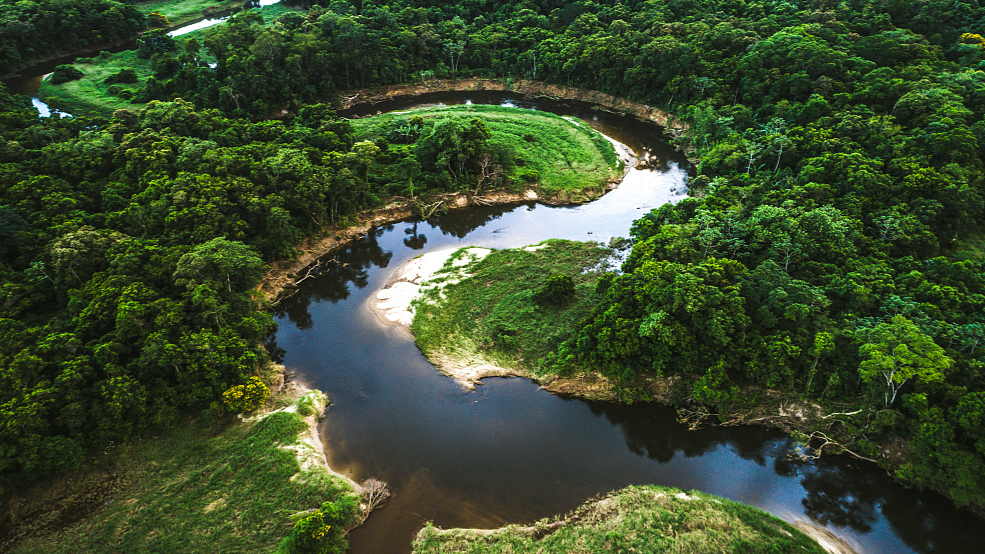
#PrayforAmazon has become the latest top trending hashtag on Twitter. With wildfires wreaking havoc in the Amazon rainforest in Brazil, millions of netizens are worried about the future of the jungle. Why should we care about Amazon and its safety? Here are a few reasons.
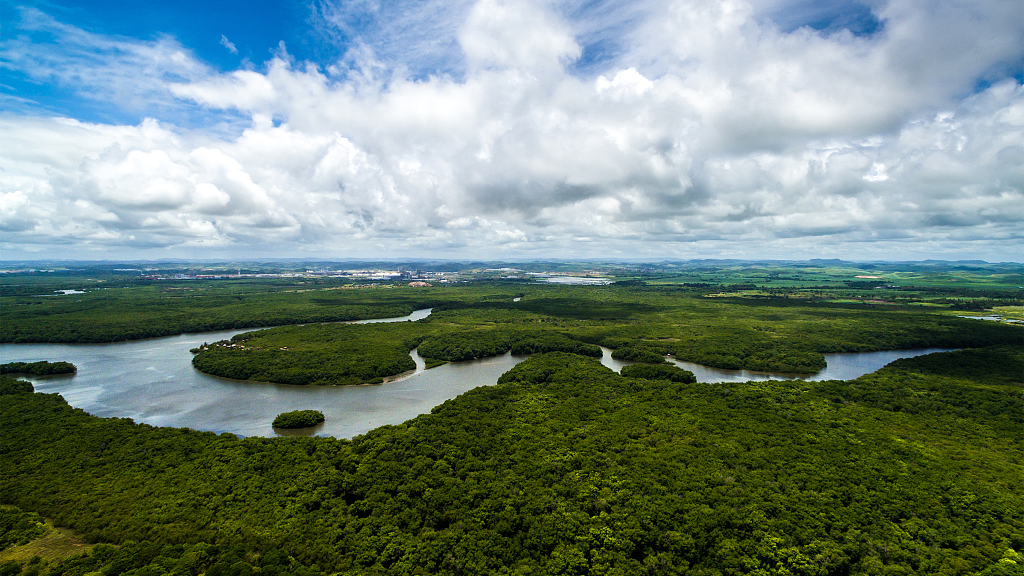
Amazon rainforest in Brazil is under threat. /VCG Photo
It is a big part of our planet
The Amazon rainforest covers most of the Amazon basin of South America with an area of 5,500,000 square kilometers. This vast area approximately equals to India plus Denmark and Greenland, or double of Argentina / Kazakhstan.
Also, the Amazon River running through the forest is the largest river by water flow. It holds about one fifth of the world's freshwater.
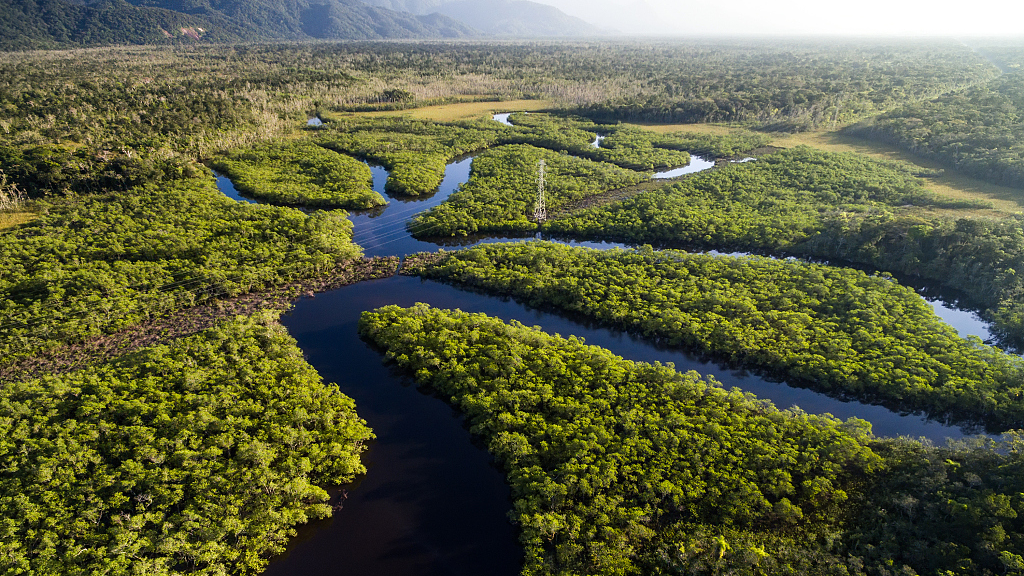
The Amazon rainforest covers most of the Amazon basin. /VCG Photo
It is our “lungs”
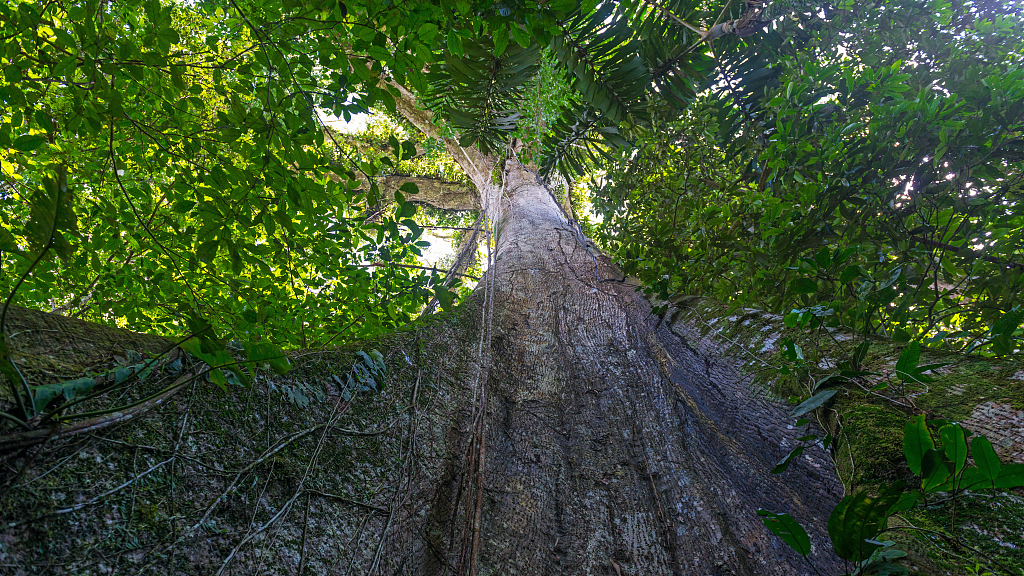
The Amazon forest is honored as "lungs of the earth." /VCG Photo
The Amazon jungle is often referred to as "lungs of the earth" because it functions as a giant air machine absorbing a large amount of carbon dioxide while producing oxygen. By doing this, it helps keep the climate stable, stalling global warming.
Besides, the rainforest stores over half of the earth's rainwater. By drawing water from the soil and releasing it back into the air, rainforest trees play important role in climate regulation. The Amazon River, its streams and wetlands also help to maintain the earth's water cycle.
It is a vault of bio-diversity
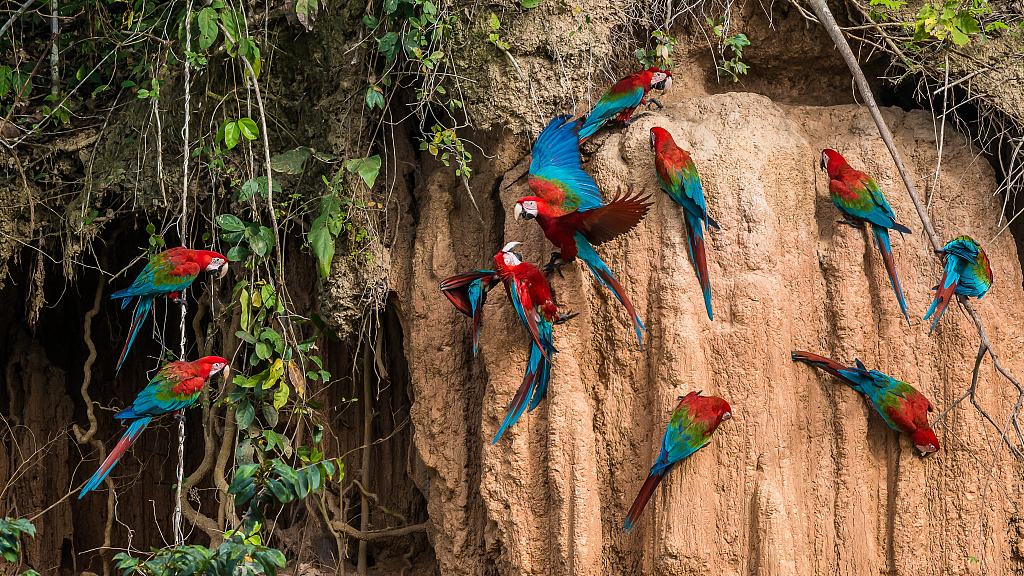
A quarter of the Earth's known species can be found in Amazon jungle. /VCG Photo
Amazon rainforest has the largest collection of living plants and animal species the planet. A quarter of the Earth's known species are found there, namely 30,000 types of plants, 2,500 fish, 1,500 birds, 500 mammals, 550 reptiles and 2.5 million insects, according to the Amazon Cooperation Treaty Organization. In the past 20 years, 2,200 new species of plants and vertebrates have been discovered in the Amazon Jungle.
What if we lost it
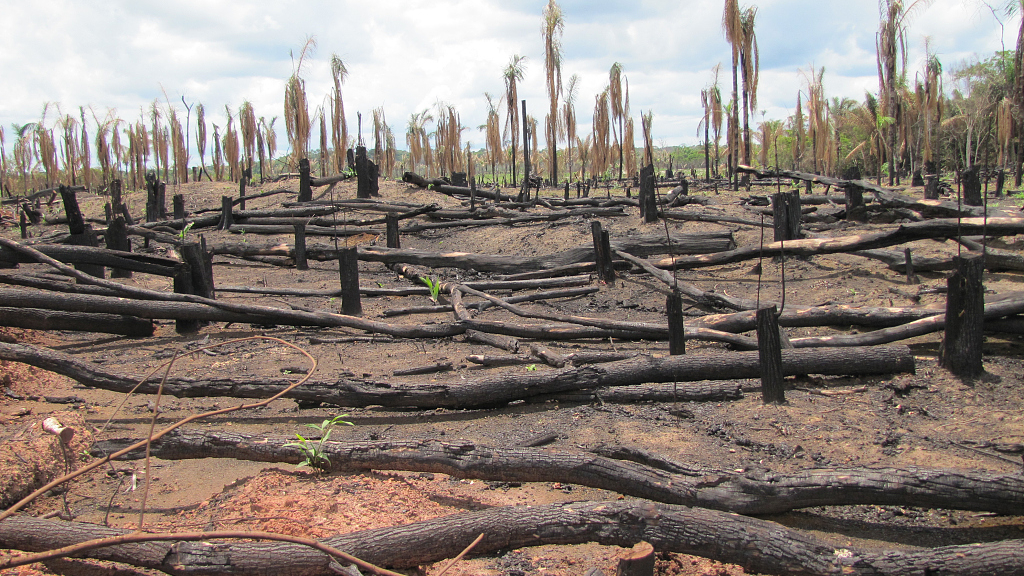
Almost 20 percent of the Amazon forest has disappeared in the last half-century. /VCG Photo
How "healthy" is Amazon now? Based on facts and statistics given by Wikipedia, almost 20 percent of the Amazon forest has already disappeared in the last half-century, and the rate is accelerating. If the Amazon forest were destroyed completely, it would cause irregular rainfall, increased drought and more frequent flooding, more greenhouse gases leading to a warmer earth, severe loss of biodiversity, and inevitably, poverty, diseases and human distress.
(Cover image via VCG)
(If you want to contribute and have specific expertise, please contact us at nature@cgtn.com)

Copyright © 2018 CGTN. Beijing ICP prepared NO.16065310-3
Copyright © 2018 CGTN. Beijing ICP prepared NO.16065310-3